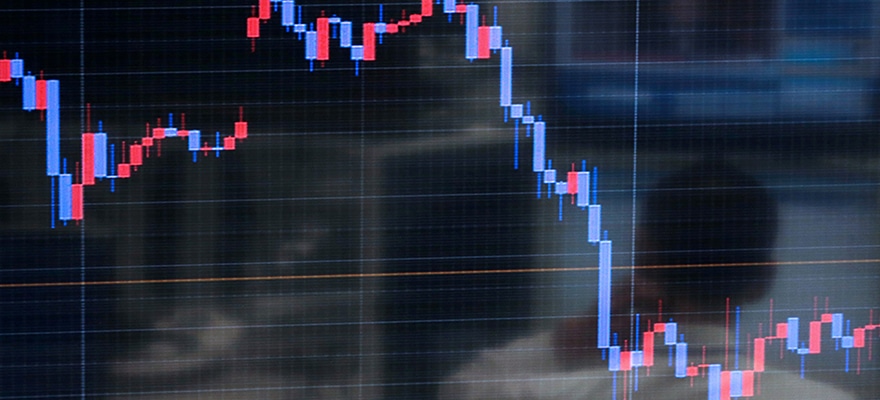India’s Ecommerce market has seen an all-time high with $16 billion in transactions placed during 2013.
The Indian Ecommerce market has seen immense growth in the past year, and has shown an 88% increase in sales compared to the $8.5 billion in online sales placed in 2012. With a population of 1.2 billion people, $16 billion might seem quite low, but when taking into consideration that only 150 million Indians are connected to the internet, the numbers are more impressive. China for example is expected to have spent over $265 billion throughout 2013, with a population of 1.35 billion people.
A report released by The Associated Chambers of Commerce and Industry in India (ASSOCHAM) provides an in-depth look at India’s online shopping industry. According to ASSOCHAM, the top cities for online shopping are Mumbai, Delhi, and Kolkata, which are the most developed cities in India. When looking at shopper demographics, 55% of sales were placed from shoppers between the ages of 26-35, 35% of shoppers were between the ages of 18-25, with the remaining 10% of purchases being placed by shoppers between the ages of 36-50. The top 5 online stores in India are FlipKart, eBay.in, Snapdeal, Amazon.in, and Myntra.
With Indian officials looking into easing their FDI regulations, more foreign companies should to take part in India’s booming Ecommerce market this coming year. According to ASSOCHAM’s predictions, India’s Ecommerce market should reach $56 billion by 2023.

















